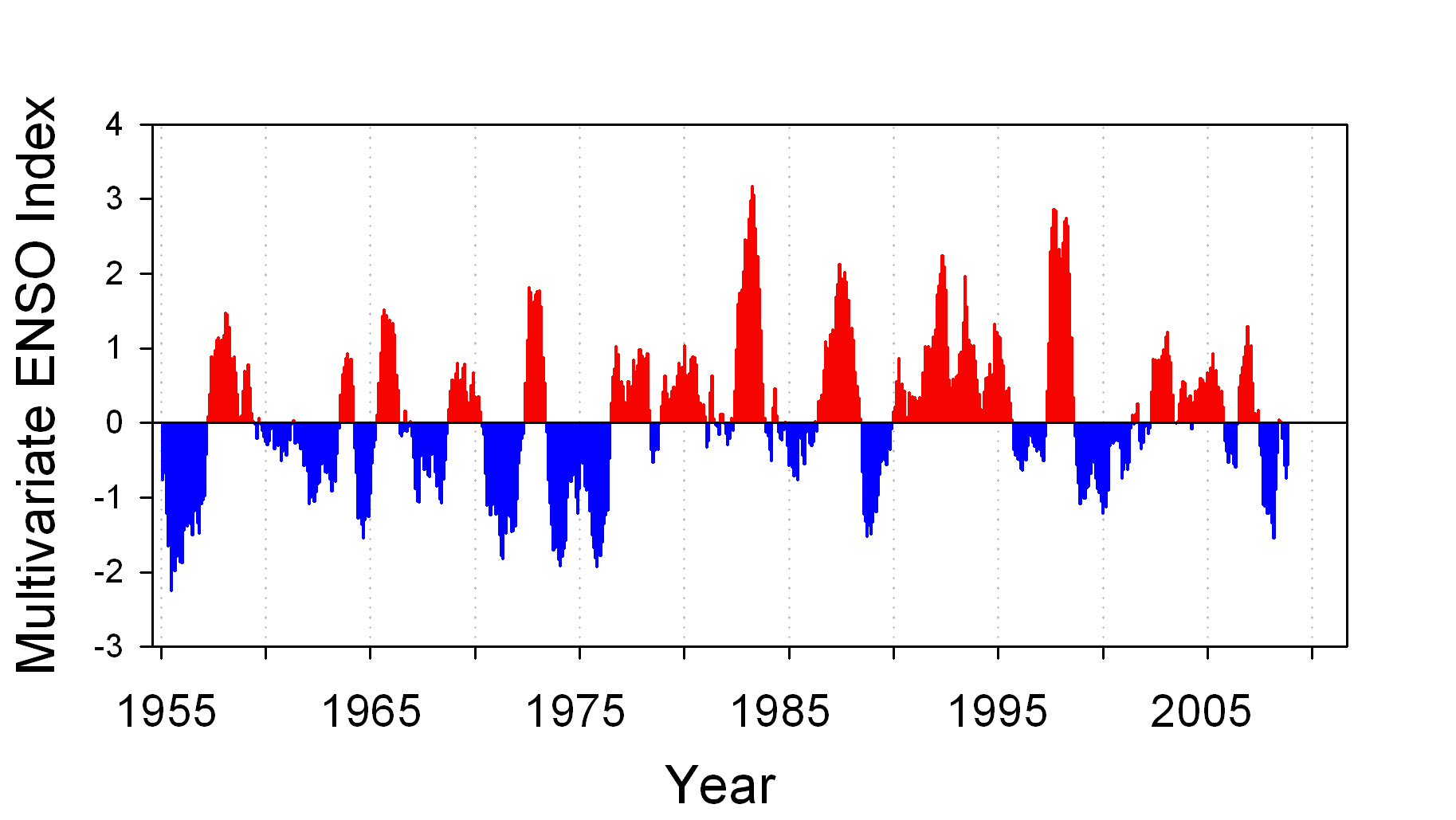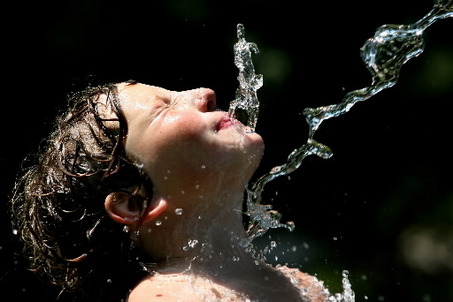
© Northwest Fisheries Science CenterValues of the Multivariate ENSO Index (MEI) from 1955 to 2008. Red bars indicate warm ocean conditions in the equatorial Pacific, blue bars indicate cool conditions in equatorial waters.
Note: The graph comes from
this source and not the paper below. Only the abstract is available.
A new peer-reviewed climate study is presenting a head on challenge to man-made global warming claims. The study by three climate researchers appears in the July 23, 2009 edition of
Journal of Geophysical Research. (
Link to Abstract)
Full Press Release and Abstract to Study:July 23, 2009
Three Australasian researchers have shown that natural forces are the dominant influence on climate, in a study just published in the highly-regarded Journal of Geophysical Research. According to this study little or none of the late 20th century global warming and cooling can be attributed to human activity.
The research, by Chris de Freitas, a climate scientist at the University of Auckland in New Zealand, John McLean (Melbourne) and Bob Carter (James Cook University), finds that the El Niño-Southern Oscillation (ENSO) is a key indicator of global atmospheric temperatures seven months later. As an additional influence, intermittent volcanic activity injects cooling aerosols into the atmosphere and produces significant cooling.
"
The surge in global temperatures since 1977 can be attributed to a 1976 climate shift in the Pacific Ocean that made warming El Niño conditions more likely than they were over the previous 30 years and cooling La Niña conditions less likely" says corresponding author de Freitas.
"
We have shown that internal global climate-system variability accounts for at least 80% of the observed global climate variation over the past half-century. It may even be more if the period of influence of major volcanoes can be more clearly identified and the corresponding data excluded from the analysis."





